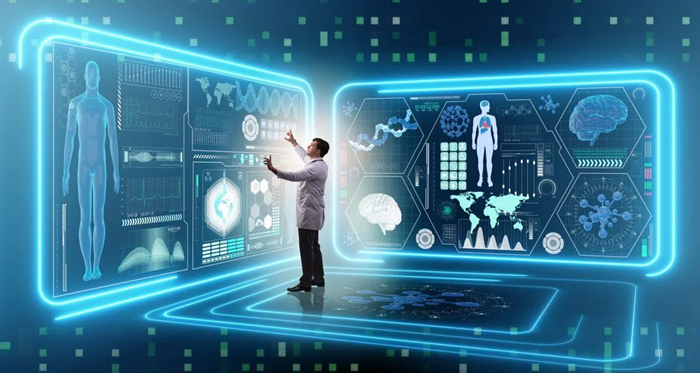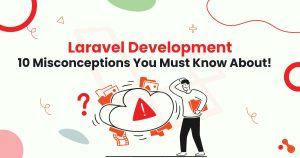
In the digital age, video content reigns supreme. From educational tutorials to entertaining vlogs, videos have become the go-to medium for engaging audiences across various platforms. However, for businesses and researchers, the value of these videos extends far beyond entertainment. Unearthing insights from video data is revolutionizing industries, and at the heart of this transformation lies video data transcription.
What is Video Data Transcription?
Video data transcription involves converting spoken content within videos into written text format. This process meticulously captures dialogue, speeches, and any audible information present in the video. This text-based representation not only makes video content more accessible but also facilitates analysis, searchability, and comprehension.
The Role of Video Data Transcription in Unstructured Data Analysis
Videos often constitute unstructured data – information that doesn’t fit neatly into databases or spreadsheets. Transcribing video content bridges this gap by transforming unstructured data into structured, searchable, and analyzable text. This enables businesses, researchers, and AI systems to extract valuable insights from videos that were previously locked away.
Benefits of Video Data Transcription
- Enhanced Accessibility: Transcriptions make video content accessible to a wider audience, including those with hearing impairments or language barriers. This inclusivity can significantly expand a video’s reach and impact.
- Improved SEO and Discoverability: Search engines can’t index video content directly. By providing transcripts, businesses enhance their content’s SEO. Transcriptions include keywords, making videos more discoverable through search engines.
- Content Monetization and Repurposing: Transcribed content can be repurposed into articles, blog posts, or social media snippets. This versatility enables businesses to maximize the utility and reach of their video content.
- Facilitating Data Analysis: Text-based transcripts are easily searchable and analyzable using natural language processing (NLP) techniques. This aids in sentiment analysis, trend identification, and other forms of data-driven decision-making.
- Compliance and Legal Requirements: In sectors like healthcare, legal, or education, transcriptions ensure compliance with regulations mandating accessible content or documentation.
Technologies and Methods in Video Data Transcription
Several technologies and methodologies aid in efficient video data transcription:
- Automatic Speech Recognition (ASR): AI-powered ASR systems automatically transcribe spoken words into text. While these systems offer speed, accuracy might vary based on accents, background noise, or technical jargon.
- Human Transcription Services: Human transcribers ensure higher accuracy and can tackle nuances that automated systems might miss. They’re valuable for complex content or industries requiring precise transcription.
- Hybrid Approaches: Combining AI-driven automation for initial transcription with human editors for refinement results in high accuracy while maintaining efficiency.
Best Practices for Effective Video Data Transcription
- Choose the Right Method: Assess your needs and select between automated, human, or hybrid transcription methods based on accuracy, budget, and time constraints.
- Ensure Quality Control: Regardless of the method, implement quality checks to maintain accuracy and consistency throughout the transcription process.
- Consider Context: Videos often contain visual cues or non-verbal elements crucial to understanding. Incorporate timestamps or annotations to capture these elements in the transcript.
- Optimize for SEO: Use relevant keywords, headings, and metadata in transcriptions to boost search engine visibility and reach.
Conclusion
Video data transcription serves as the gateway to unlocking valuable insights from the sea of video content available today. By converting audio information into searchable and analyzable text, organizations gain accessibility, enhance content discoverability, and drive data-driven decision-making. Embracing the right transcription methods and practices empowers businesses to harness the full potential of their video assets, paving the way for innovation and growth.





